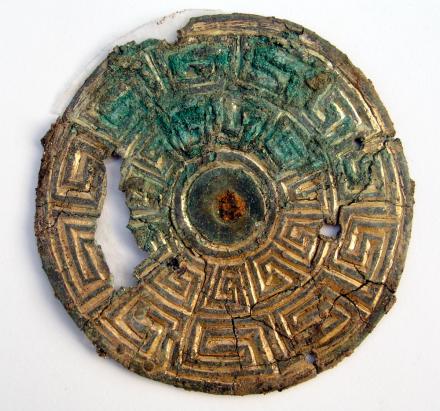A Danish Viking burial site contains a buckle that may have come from Ireland or Scotland.
The history of this bronze buckle might share some light on just how “global” the Vikings were. (Photo: Ernst Stidsing)
At just 6 cm in diameter, this little buckle is causing quite a stir in archaeological circles.
The small gilt bronze buckle once held a petticoat together and was buried between 900 and 1,000 years ago with its female owner in a Viking grave in west Denmark.
It is a rare find for Denmark, as the buckle appears to have come from Scotland or Ireland.
But just to determine this has been quite a journey, says project manager and archaeologist Ernst Stidsing, from the Museum East Jutland, Denmark.
The find is described in a collection of articles "Dead and buried in the Viking Age", published by Saxo Institute at the University of Copenhagen, Denmark.
Read the rest of this article...



